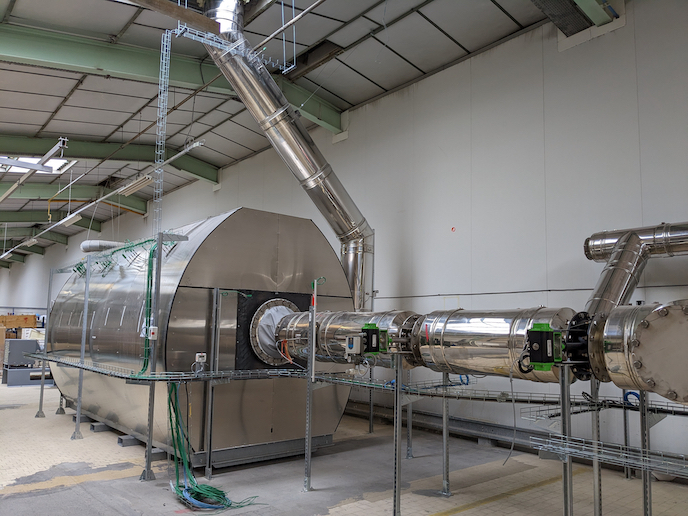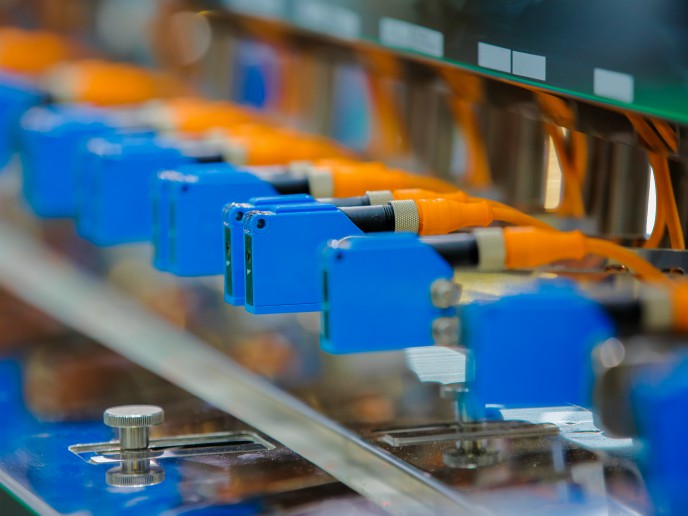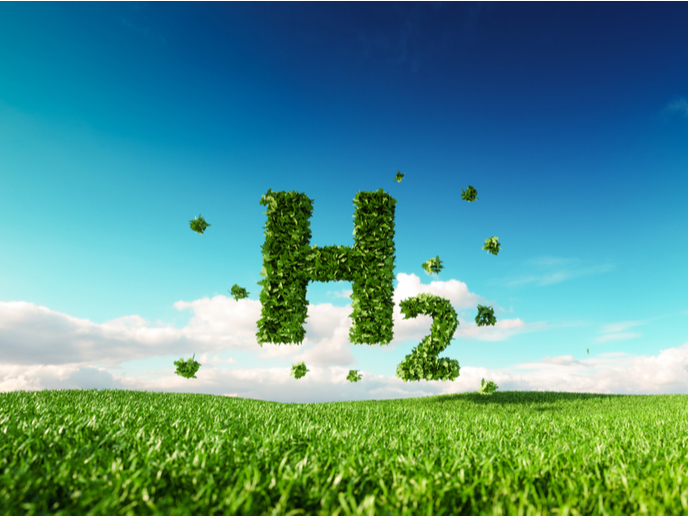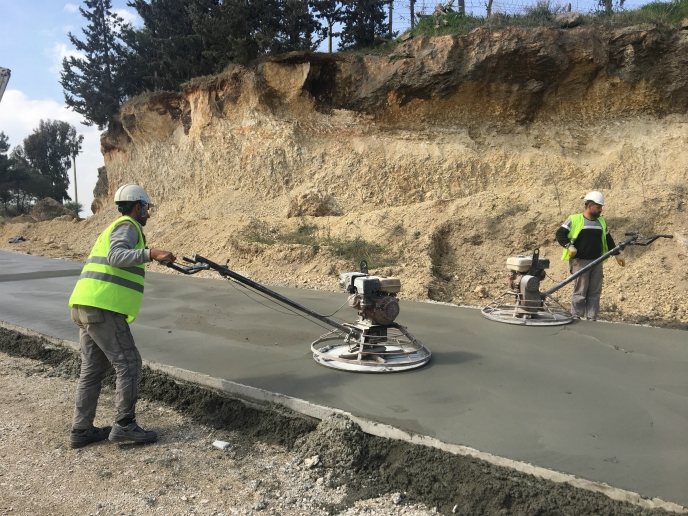Heat recovery innovation powers continuous industrial furnaces
According to Guilhem Dejean from energy specialists Eco-Tech Ceram, over a third of the energy consumed by fossil fuel-powered heavy industry is lost as heat – equivalent to 2 450 megatonnes of CO2 per year, globally. As many energy efficiency solutions designed to avoid this by recovering lost heat are expensive and time-consuming to install, manufacturers are often reluctant to adopt them. The most common, the heat exchanger, is effective but is limited to temperatures below 600 °C, and with no phase shift, recovered heat has to be used immediately. But the barrier to adoption remains more economic, than technical. “Manufacturers need short-term profitability and so are tempted by quick-fix energy efficiency solutions,” explains Dejean, project coordinator of the EU-funded EcoStock project. Eco-Tech Ceram, the project’s host, had previously designed a solution for intermittent industrial furnaces that not only recovers heat, but uses electric power to increase its temperature. The EcoStock project has enabled the team to now validate the performance of its solution in a continuous industrial furnace, installed at Villeroy & Boch’s luxury ceramics factory in Valence d’Agen, France. “We extracted more waste heat from the furnace than we had calculated, giving us greater combustion efficiency than initially expected,” adds Dejean. “Raising the temperature of recovered heat like this is a first for industrial furnaces.”
Heat recovery
The project’s solution is based on two innovations: the use of industrial waste ceramics to store the heat and their installation into a thermal energy storage unit, called EcoStock. The system was co-constructed with luxury ceramics manufacturer Villeroy and Boch. The set-up included the EcoStock device, a power to heat facility, fans, a 150 metre furnace tunnel and a chimney. Waste heat is recovered from the tunnel kiln at 450 °C, then raised to 600 °C using the power to heat facility (which converts electricity into heat using electrical resistance). This heat is then stored in the EcoStock device. “Instead of only using industrial waste heat, we can simultaneously use off-peak low-cost grid electricity or even that from renewables. While, at more expensive peak times, we can use the heat previously accumulated in the EcoStock,” notes Dejean. “In our tests, despite working with a plant’s core element – a 150 metre long furnace with over 50 burners – we recovered waste heat without disrupting the industrial process.”
Supporting Europe’s decarbonisation agenda
The EcoStock innovation could significantly contribute to European ambitions to decarbonise industry, while also showcasing European enterprise’s ability to lead the green industrial revolution. “We’ve demonstrated that an innovative industrial solution can reduce the natural gas consumption of an industrial site in a sustainable and profitable way,” says Dejean. To help businesses make the initial investment required, Eco-Tech Ceram also offers a third-party financing solution, ETC Invest, making the investment more appealing to manufacturers. The team is now working to increase the size of their device so that it can supply all the burners of a continuous furnace, as opposed to only some, as is the case currently. The process will also be adapted to other ceramic, metallurgical and glass industries.
Keywords
EcoStock, energy, heat, furnace, ceramic, electricity, industrial, waste, manufacture






